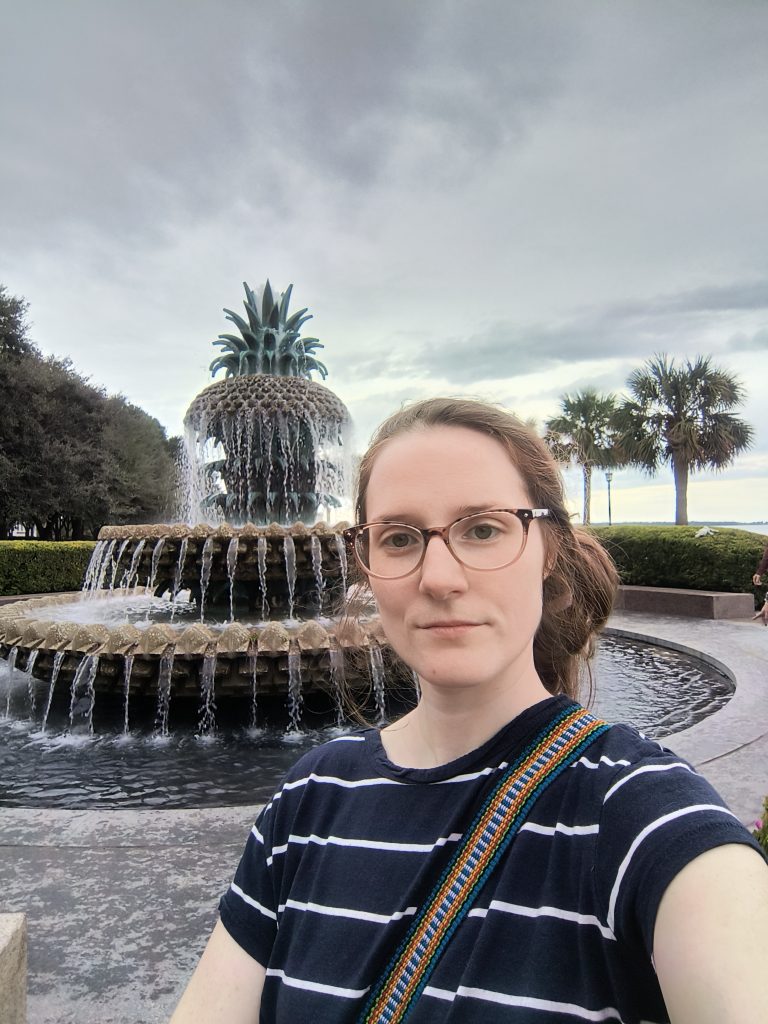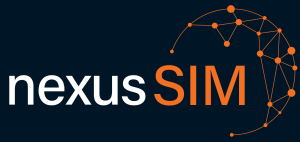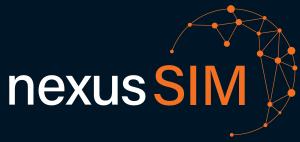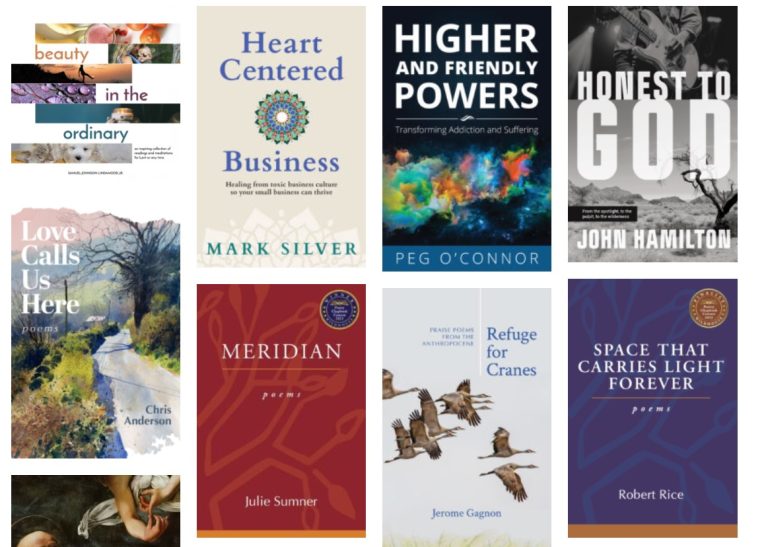We recently interviewed CMAC Postdoctoral Fellow Rachel Bacon and Research Assistant Abigail Wester about the LISDA project. In Part 3 of the interview, Rachel and Abigail discuss initial lessons from the project and its future aims. (In Part 1, Rachel described the history of the project. In Part 2, Rachel and Abigail described the current workflow of the project.)

Here’s a question for either of you. Are there any particularly notable things you learned while working on this project? Fun facts, tidbits, things that surprised you.
Rachel: How extremely small problems become so problematic as soon as you have to do it thousands of times. So we often go through this thing of “How can we solve this? Okay, this is the most straightforward solution. But can it be done thousands of times without someone manually doing it?”
Like I said with, “Oh, well, we can convert all of this stuff to Word. All you have to do is open it and tell it and rename it.” Okay, but can we write a program that does so? We had students who had to go through a whole slew of packages for Python to figure out which one actually uses and can detect the real file type. It assumes the file is based off the little extension you save at the end (like .doc or .docx). But because [Dr. Lawson] saved an awful lot of his files with fake extensions like numbers and letter combinations (like .fra or .045) that aren’t recognized as text files even when they are.
You need the program to be able to know the actual file type, not depending on that artificial thing.
There are those little annoyances, and also realizing the limits of progress for AI technologies. We spent a considerable amount of time trying to figure out if we could automate transcribing [Dr. Lawson’s] handwriting. Even though there is significant progress being made in that area, AI is not up to the task yet, and it may be some time before it is. So we are going through that learning process and seeing why that is. This is a little different, and the fact that it requires a human eye was interesting to learn.
Is there anything particularly notable from the content of the interviews?
Rachel: Yeah, there’s a lot of conflict within the Adventist membership about various social issues. They’ve become antagonistic towards LGBTQ and other groups, and there’s a lot of confusion. Ron belonged to that group while conducting the study (and often people knew that when they were being interviewed), yet his Adventist identity superseded that internal bias they may have had. He has written many reflections about this. As soon as you give enough social cues to be accepted into the Adventist group, you’re in.
Sometimes they would say extremely questionable/homophobic things to him in the interviews, unbothered that it might have impacted him personally, because they could make an assumption: “He’s having an internal struggle with that.” It’s totally separate from what they’re expressing.
So that is fascinating to me. And the frequency that participants expressed to him that he is hearing things they would not tell anyone else for fear of judgement or repercussion. It speaks to the value of the contents and why they need to be both preserved and protected and why we should remain as independent as possible.
Abigail: I second all of what Rachel said. I am not from the Seventh-day Adventist tradition. I didn’t come in with a great deal of knowledge. I did plenty of contextual research when I started, but because I am not part of that community on an interpersonal level it was new to me. I found myself continuously being kind of being taken aback by some of the comments I was reading in these interviews. You know there are conversations about women, conversations about the LGBTQ, community conversations about race, and I found myself having to always ask myself, well, is it the time? Or is it just that people really felt as though they could be totally unfiltered within the safe space of this interview, that they could really say exactly what they were thinking? And if that’s the case, taking the problematic nature of some of those comments out of context, I think that it has to be recognized—the value of the honesty that’s found within the interviews.
It’s a very big project. How much remains to be done with it at this point?
Rachel: I mean, the work is infinite, right? As we’re going, we are preparing for or keeping in mind the fact that this is something that should be reusable in the future because there are so many potential topics that could be explored; using the data that will not make it into our books in particular, or that none of our current team members would have time to manage. Simply preparing the interviews is probably a 5-year process that you just kind of have to keep inching along with.
We are aiming to have drafts of this first book done this year so that we can have enough progress and showcasing of the value of the data and what can be learned to essentially be able to ask for more money. But I have signed myself up regardless of whether there will be money, so I’m in it for the long haul.
Do you want to add anything more about what you hope LISDA’s impact will be in the future once these books are being published and the database has been established?
Rachel: Yeah, I mean qualitative data of this size and scope and the diachronic components to it simply don’t exist. So the uniqueness of it and the potential there for, not just a snapshot of a religious group during a time of change, but serving as a reference point for any future endeavors that would build upon and provide comparisons—I think that would be extremely valuable: learning more about how they were, and how they are, and how they might be. But this is also valuable for other religious groups dealing with change, as well as theorizing how religious organizations work, because there are unprecedented times ahead. To see how things adapt and the variation is always helpful.
I think it will be a really useful study for a lot of different people with very different needs to either simply understand themselves and their church better, or to anticipate problems they might face if they belong to a different kind of voluntary institution.



